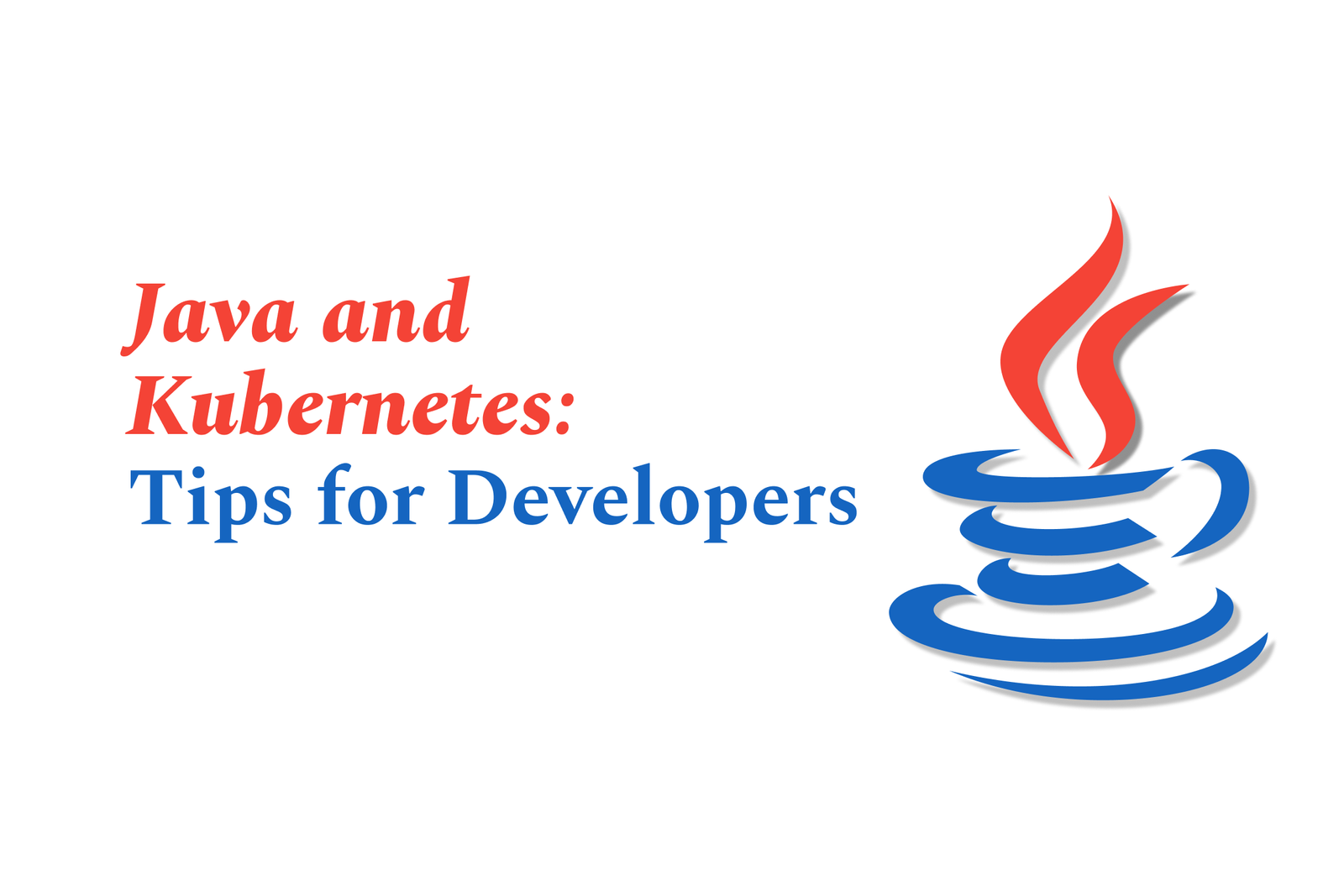Java and Kubernetes: tips for developers
Java developers leveraging Kubernetes can streamline app deployment by mastering key concepts, using tools like Cloud Code, adopting local clusters (Minikube), and automating builds with Buildpacks—enhancing efficiency and simplifying containerized app management.
Java and Kubernetes: Tips for Developers
1 ) Understanding Kubernetes for Developers
Many developers find Kubernetes concepts, commands, and tools overwhelming at first. To effectively deploy even simple containerized web applications with features like TLS support and custom domains, foundational Kubernetes knowledge is essential. Exploring local Kubernetes setups can simplify learning and experimentation.
2 ) Starting with Kubernetes: Key Concepts and Challenges
Running applications with Kubernetes introduces complexities beyond simply executing code (e.g., `java jar app.jar`). Differences in environments can cause compatibility issues, which containers help mitigate. Kubernetes goes beyond Docker Compose’s simplicity by handling distributed deployments, updates, and scaling, requiring developers to think about services, deployments, and rolling updates.
3 ) Transitioning from Docker Compose to Kubernetes
Docker Compose configurations are simpler but designed for single machine deployments and do not efficiently handle incremental updates or multiple nodes. Kubernetes configurations are more verbose as they manage complex scenarios including multi node clusters, independent component replacement, and graceful upgrades. Migrating involves converting Docker Compose files, starting with base services, and iteratively refining deployments.
4 ) Maximizing Developer Efficiency with Cloud Code and IDE Tools
Using IDE extensions like Cloud Code (available for VS Code and IntelliJ) can streamline Kubernetes workflows by simplifying build, deployment, debugging, and cluster management tasks inside the developer’s familiar environment. Cloud Shell Editor offers a browser based alternative preloaded with necessary Kubernetes tools to reduce setup overhead.
5 ) Reducing Context Switching
Developers should minimize switching between multiple tools (IDE, cloud console, logs, documentation). Features like Kubernetes explorers within IDE extensions and integrated tutorials reduce context switching, keeping developers focused on writing and deploying code.
6 ) Simplifying Local Kubernetes Development
Technologies such as Buildpacks help create production ready container images seamlessly from source code without manual Dockerfile maintenance. Tools like Minikube provide local Kubernetes clusters, enabling rapid experimentation and testing of containerized applications before production deployment.
7 ) Practical Tips for Using Kubernetes Command Line and Editors
Set up handy command aliases to reduce typing overhead (e.g., `alias k=kubectl`).
Learn essential bash commands for file and text manipulation.
Familiarity with editors like VIM, and setting configurations (such as consistent tabs and indents in YAML), prevents syntax errors and speeds up editing manifests.
Use imperative Kubernetes commands to rapidly create and expose resources without writing full YAML manifests, enhancing agility in development and testing.
This summary equips Java developers with practical insights and approaches to integrate effectively with Kubernetes, promoting productivity and smoother application deployment processes.
https://justacademy.in/news-detail/java-23-lambda-expressions:-what?s-new
https://justacademy.in/news-detail/ui/ux-trends-for-ios-apps-in-2025
https://justacademy.in/news-detail/swiftui-charts-framework:-what?s-new-in-2025
https://justacademy.in/news-detail/what-developers-say-about-ios-19-beta-so-far
https://justacademy.in/news-detail/flutter-theme-extensions-in-latest-version
Related Posts
In 2025, top Angular libraries offer modern, feature-rich components and tools for building dynamic web apps. From powerful data grids to low-code platforms like UI Bakery, these libraries enhance development speed, UI design, and scalability, making them essential for Angular developers.
Migrating from AngularJS to Angular 17 involves gradually upgrading your app by running both frameworks together using tools like ngUpgrade, rewriting components in TypeScript, and adopting Angular’s modern architecture to enhance performance, maintainability, and long-term support.
Angular state management tools help organize and handle app data efficiently, improving scalability and maintainability. Popular options include NgRx for robust, RxJS-based patterns, and newer Signal Store solutions that offer simpler, reactive approaches integrated tightly with Angular’s latest features.
RxJS in Angular empowers developers to manage asynchronous data streams with powerful operators like `forkJoin`, `combineLatest`, and `zip`. Mastering these key operators in 2025 is essential for building efficient, reactive applications that handle complex event sequences seamlessly.
Angular performance optimization in 2025 focuses on improving app speed and responsiveness by using techniques like OnPush change detection, lazy loading, efficient data caching, and AOT compilation. These practices reduce load times, enhance user experience, and ensure scalable, fast Angular applications.
In 2025, Angular remains preferred for large-scale, enterprise apps with its robust, all-in-one framework, while Vue attracts developers seeking simplicity and fast development for smaller projects. Both frameworks excel, with choice driven by project needs and team expertise.
Angular Signals are a new reactive primitive in Angular 16 that enable fine-grained, efficient change detection by automatically tracking dependencies and updating only affected parts of the UI. They simplify state management and boost app performance, revolutionizing Angular's reactivity model.
Angular interview questions to prepare in 2025 focus on core concepts like components, directives, data binding, routing, and dependency injection, along with TypeScript mastery and latest Angular features to ensure strong practical knowledge for building scalable, efficient web applications.
AngularJS reached its official end of support in January 2022, meaning no further updates or security patches. To ensure app security and performance, developers should consider migrating to modern Angular versions or seek third-party long-term support options if immediate migration isn’t possible.
The Angular Roadmap 2025 highlights upcoming features focused on improving developer experience and performance, including zoneless Angular, Signals integration, enhanced Forms, async data handling, improved HMR, and expanded Angular Material/CDK enhancements, driving modern, efficient web app development.










